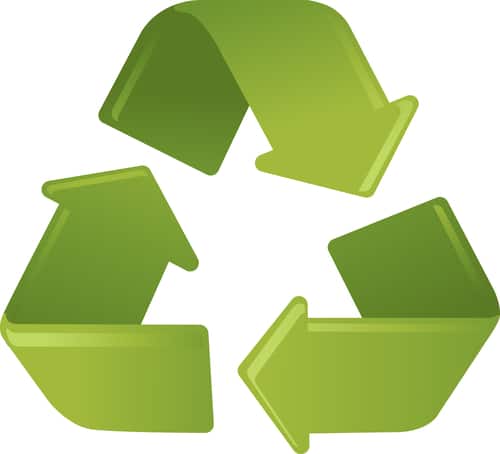The different cottons
 Recycled cotton (real and fake)
Recycled cotton (real and fake)
Most of the time, the cotton is recovered thanks to associations and sorting companies from your donations (Le Relais, Emmaüs, etc...). Thus 100% cotton clothes are set aside to be recycled. Then the process is quite simple. We deconstruct the fiber to make a new one. Grinding then spinning are the next steps in the transformation. We thus find a new fiber in recycled cotton, which can then be woven, and used to create new clothes or fabrics.
Advantage : no water consumption for watering.
But beware
Recycled cotton may contain shorter fibers and therefore have less durability. This is often why it is found associated with other textile fibers, most of which are made up of 20 to 30% polyester . We cannot therefore call recycled cotton 100% cotton as indicated on the labels found on the majority of foutas, they should display the percentages of cotton and polyester (source: Direction Générale de la Concurrence, de la Consumption and Fraud Repression DGCCRF).
 Eco-friendly cotton
Eco-friendly cotton
This cotton comes from offcuts of thread reels, the longest lengths of which are taken to reconstitute long and solid threads. It is then combed to give it a smooth and regular structure. It is therefore called 100% combed cotton, because there is no addition of other textile fibers. This is the one we sell on our site.
Advantage : no water consumption for watering
 Organic cotton
Organic cotton
cotton is a plant fiber that surrounds the seeds of cotton plants. Cotton is the most produced textile fiber on the planet. Organic cotton is grown without pesticides, insecticides or chemicals. Natural compost replaces chemical fertilizers, and neither chlorine nor heavy metals are used in the manufacturing process.
Organic cotton is often more expensive , because for the same area, the yield of an organic crop is lower than that of a traditional crop, and its production remains very low on a global scale.
· High water consumption
Despite the water savings made (compared to the cultivation of traditional cotton), the cultivation of organic cotton is still water-intensive.
![]() Finally, what does the Oeko-Tex® label certify?
Finally, what does the Oeko-Tex® label certify?
An OEKO-TEX® Standard 100 fabric has been checked at each stage of processing : raw materials, yarns, dyeing. It does not contain chemicals harmful to health.
Laboratory testing currently includes approximately 100 control parameters and is based on international testing standards and other recognized test procedures.
The more intensive the contact of the textile with the skin, the stricter the limit values to be respected.
In summary, organic cotton is not necessarily Oeko-tex, because some dyeing processes incorporate non-natural products.







